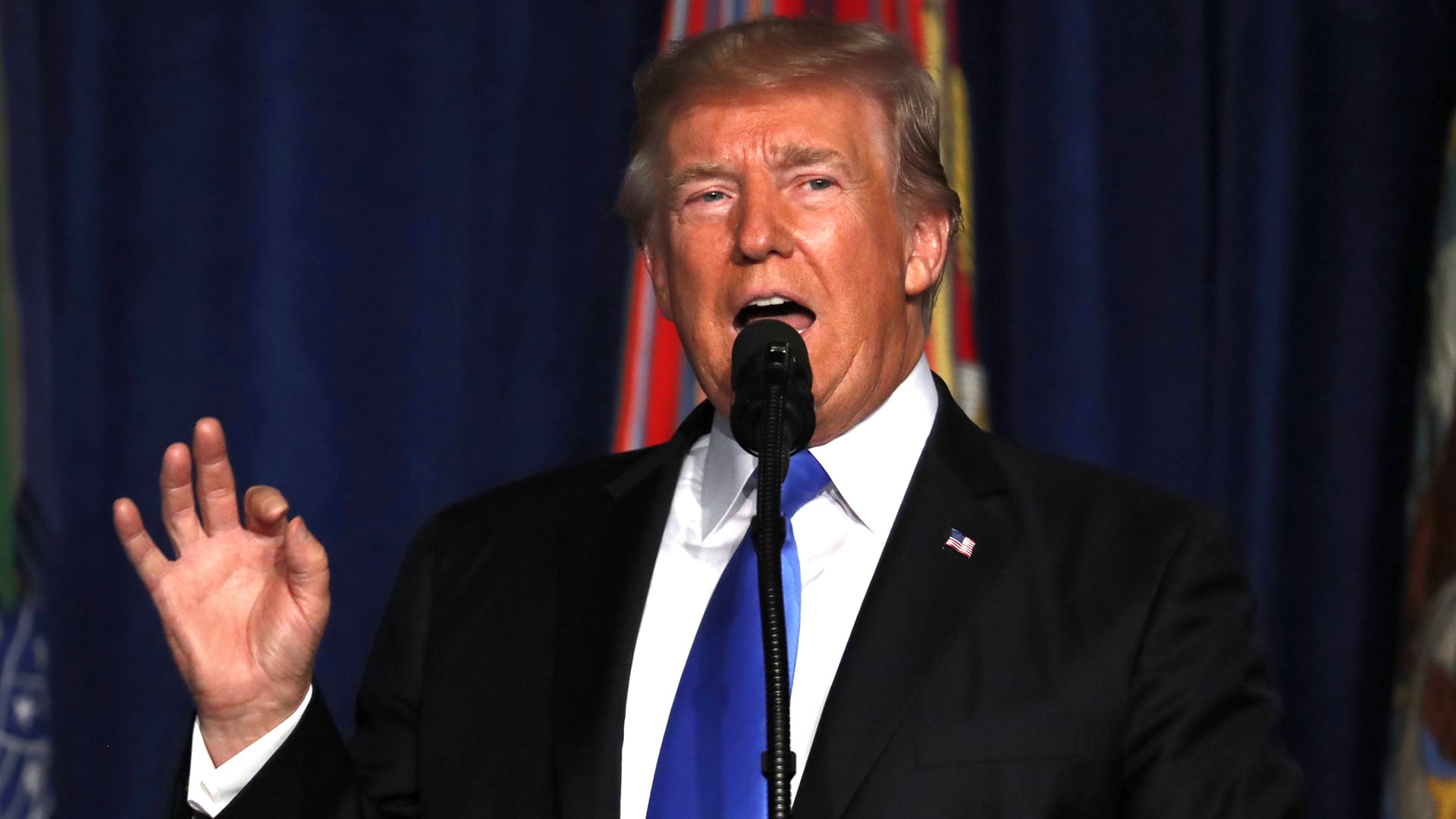WASHINGTON ― The Trump administration’s Afghanistan strategy has a new acronym, one which the Pentagon’s top officials say will lay the groundwork for a stable Afghanistan in the future.
Appearing in front of the Senate Armed Services Committee, U.S. Secretary of Defense Jim Mattis described the strategy as “R4+S,” which stands for “regionalize, realign, reinforce, reconcile and sustain.”
Both Mattis and Gen. Joe Dunford, the chairman of the joint chiefs of staff, sought to draw a line between U.S. President Donald Trump’s strategy and that of the Obama administration, with Dunford flatly stating that the U.S. drawdown was “too far and too fast” to allow for success.
But senators expressed skepticism that the strategy truly would change anything on the ground after 16 years of ongoing conflict.
RELATED

Regionalize, in this case, means taking a “holistic, comprehensive view: India, Pakistan, Iran, Russia and China.” The relationship between Pakistan and India was highlighted in Trump’s strategy speech, and it again was an early focus of comments at the committee hearing, with both Sens. John McCain of Arizona and Jack Reed of Rhode Island, the chairman and ranking member of the committee respectively, calling out Islamabad as a bad actor in the region.
Realign, Mattis said, means “we are shifting our main effort to align more advisers who can provide training and advisory support at the battalion and brigade level. The fighting will continue to be carried out by our Afghan partners, but our advisers will accompany tactical units to advise and bring NATO fire support to bear when needed.”
Reinforce refers to the more than 3,000 American forces heading to Afghanistan as a boost, as well as a requested plus-up from NATO forces being discussed among allies.
On this point, McCain expressed skepticism, saying he has “yet to hear a compelling case for why this modest increase in U.S. forces will create” a better condition on the ground, adding that there were as many as 100,000 troops there in the past that could not solve the issue.
The fourth “R” is reconcile, which Mattis cast as bringing groups outside the Afghan government into the system. That includes “convincing our foes that the coalition is committed to a conditions-based outcome, we intend to drive fence-sitters and those who will see that we’re not quitting this fight to reconcile with the Afghan national government,” Mattis said.
The goal, both Mattis and Dunford said, was to force the Taliban to the table by convincing them that there is no way the group can militarily defeat American-backed Afghan forces.
The final aspect, sustain, was not spelled out in detail from Mattis, but appears largely self-explanatory. The U.S. is likely to stay in Afghanistan for the foreseeable future, but the goal remains to create a stable government that can last.
Dunford emphasized that last point when he said corruption in Afghanistan is the “single greatest roadblock” to long-term security in the region, later adding that the Taliban will no longer be able to believe that if they just hold out long enough, the U.S. will withdraw.
Part of the Trump strategy for Afghanistan has involved less sharing of information about troop movements and increases, something that administration officials, including Mattis, have publicly said would assist enemy forces.
During the hearing, Sen. Kristen Gillibrand, D-N.Y., pushed Mattis on whether he would be “honest with the American people” about troop numbers, to which Mattis replied: “No ma'am, if it involves telling the enemy something that will help them.”
However, Mattis said that “in any terms of honesty with this committee, in private, at any time, we will get as specific as you wish. No reservations at all in private. In talking with the American people, we will tell them we are adding the troops. We’ll give approximate numbers. We’re not hiding this. But I’d rather not say the specific capabilities, the specific numbers.”
Aaron Mehta was deputy editor and senior Pentagon correspondent for Defense News, covering policy, strategy and acquisition at the highest levels of the Defense Department and its international partners.





